
Ginza is a historic town that was created during the 1600s. We want people to not only enjoy its current gorgeous exterior, but also the historic features that lie behind that face. In this article, we are going to go into detail about some of Ginza's history as well as some must-see sightseeing spots.
Ginza's History
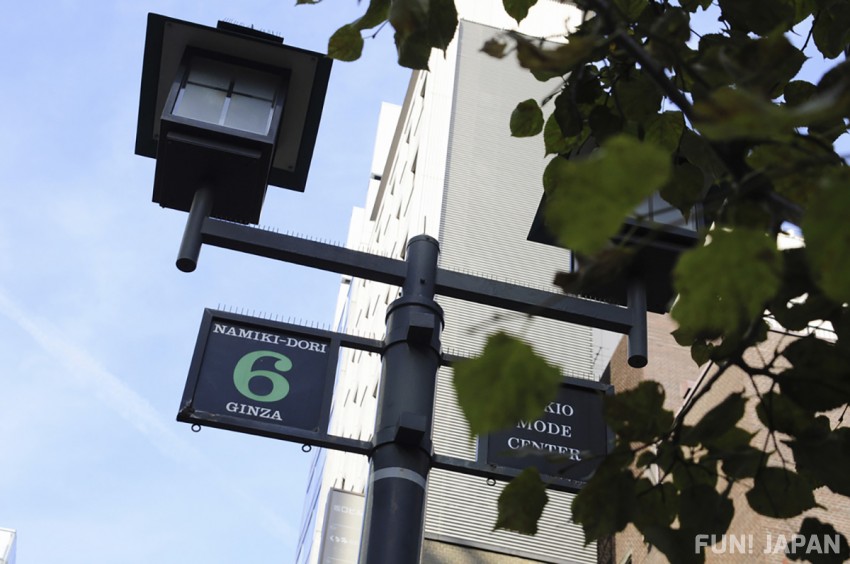
How did Ginza come about? We're going to go explain it quite simply below.
Ginza's Beginning
Ginza's history begins in the year 1612 when Ieyasu Tokugawa, the current general of the Japanese army, placed a government office (silver coin foundry) in the current area Ginza is situated. From there on out, around 200 years of production and building took place, however, injustice was discovered. The government office was then moved to Nihonbashi.
Even though the government building was moved, kimono fabric stores began growing in numbers, and theatres that were popular with the younger generation also began popping up everywhere. It is said that during that time many craftsmen, noh actors, and kabuki actors lived in the town, which created a very lively and energetic atmosphere throughout allowing for very prosperous businesses.
Ginza's Rebirth
In 1872, during what is now known as the "Great Ginza Fire", Ginza was practically destroyed. After that, it was rebuilt and reborn using the plans of the British Architect Thomas James Walters, and the entire city had a more European feel to it.
Alongside the rebirth of the city, many stores opened that imported European goods to sell. Western clothes, furniture, bags, and many more items gathered here. This was the cornerstone for the windowshopping culture we can see in Ginza today. It was a style where anyone could look into a store, and look at products freely.
During the latter half of the 1880s, current famous stores such as "SAYEGUSA" and "Hattori Clock Store" was opened.
Furthermore, during this time the Japanese dictionary "Kōjien" had a new word published in it known as "銀ぶら" which directly translates to "Walking around Ginza without purpose".
Ginza continued as a cutting edge city with things such as cafes springing up all over the place. It was well known that many famous Japanese cultured persons would gather at these cafes, creating an image of elegance and a place where you could meet your friends.
From Mulitple Disasters to the Current Ginza
During the Great Kanto earthquake of 1923, Ginza was once again completely destroyed. During the revival of the city once again, current popular large-scale shopping institutions such as Mastuya, Matsuzakaya, and Mitsukoshi were born. There were also many high-quality specialty stores, making Ginza Japan's number 1 shopping spot.
There were also many cafes, bars, and restaurants built. It is said there were around 600 different cafes and bars during that time. (Based on a 1929 police survey)
Ginza, once again, became a burnt field after an air raid in 1945. However, this time, over 180 stores were re-opened, and they slowly reacquired their economy.
After 1966, some more now-well-known buildings were built such as the Toshiba Building, Ginza Lion Building, Ginza Boeki Building, SHISEIDO THE GINZA, and many more, eventually turning into the shopping city we see today.
Ginza, event today, is designing itself around the limit on the height of buildings, putting in more, and of course, keeping the same atmosphere that we all know and love.
Let's Explore some Historic Ginza Locations

Ginza is a sea of spots that express the history it has gone through. It would be cool to see these with your own eyes and experience the historic feeling Ginza offers, right? We're going to introduce some of these long-standing spots below, please visit them if you ever have the chance!
| Name | Characteristic | Location |
| Monument of Ginza Birth Place | Memorial placed where the original government building was built | Ginza 2-Chome |
| Monument of Ginza Gas Lighting | A symbol that represents the first gaslighting of the town | Ginza 1-Chome |
| Ginza-Dori / Miyuki-Dori Intersection(Intersection in front of Uniqlo / GINZA SIX) | A place created during the 1800s alongside the kimono fabric stores | Ginza 6-Chome |
| Main Pillars of Kyobashi | Pillars of the bridge which went over the Kyobashi River that ran through Ginza 1-Chome | Ginza 1-Chome |
| Ginza Kimuraya Bakery | A Bakery built in 1869 | Ginza 4-Chome |
| Shiseido Parlour | A building built by Shiseido in 1872 / Currently a cafe/souvenir store/restaurant | Ginza 8-Chome |
| Ginza Willow Monument | A Moment for a willow that was planted in 1887 in Ginza | Ginza 8-Chome |
| Kabuki-za Theatre | A Kabuki Theatre built in 1889 | Ginza 4-Chome |
| Hakuhinkan Toy Park | Previously the "Empire Hakuhinkan Factory" in 1899 / Currently a toy store | Ginza 8-Chome |
| Ginza Lion GINZA PLACE | A Cafe in 1931 / Currently a beer hall | Ginza 5-Chome |
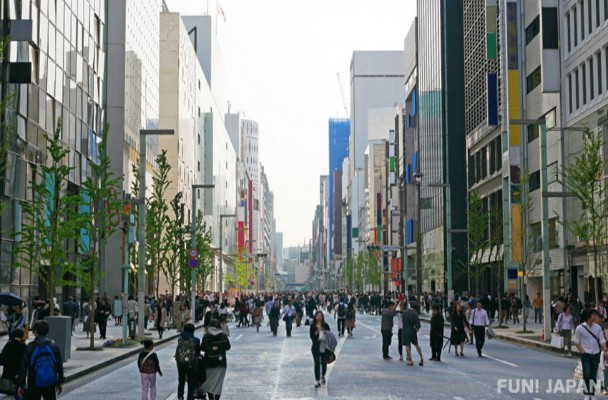
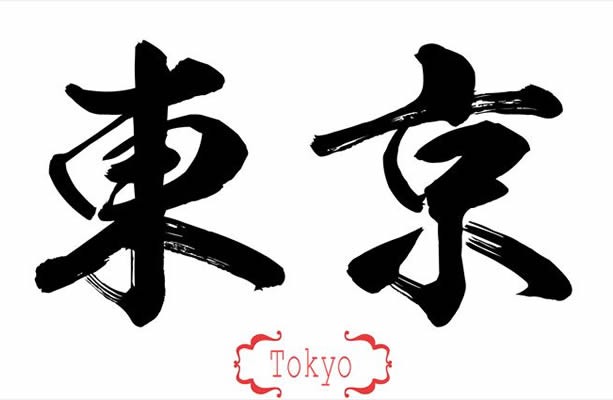
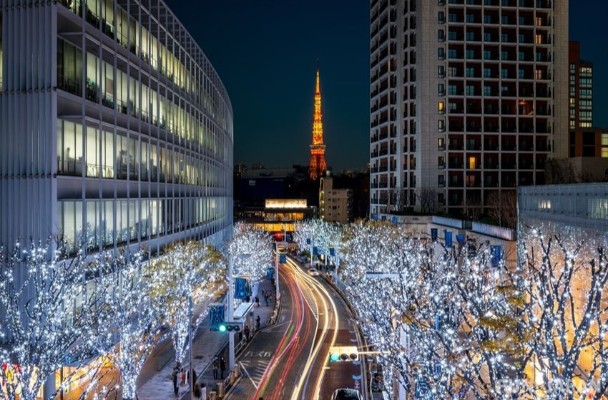
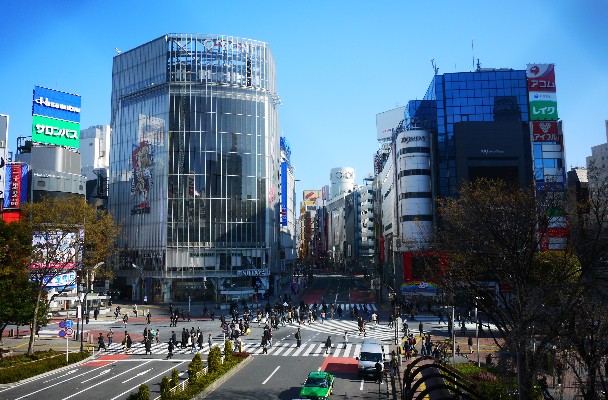
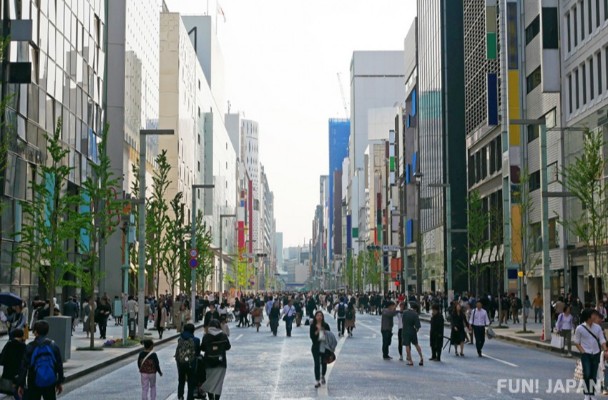


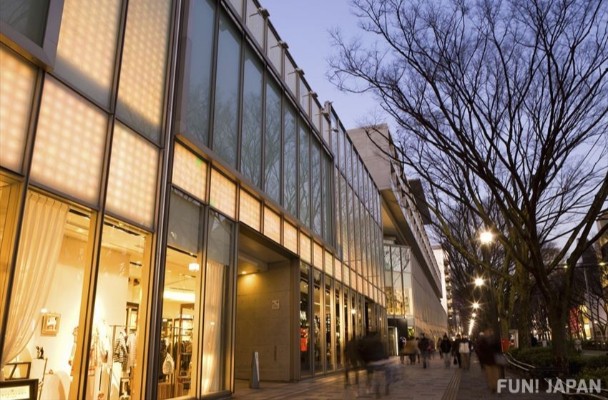
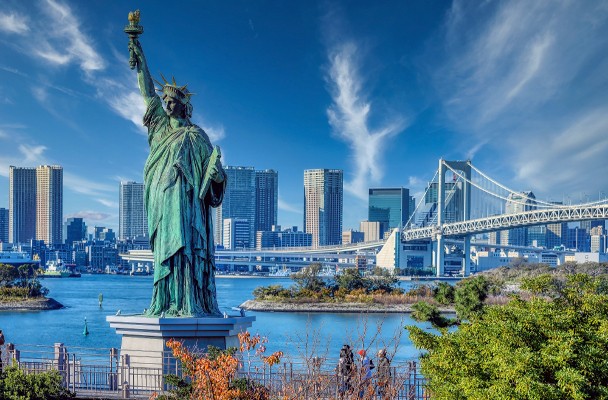
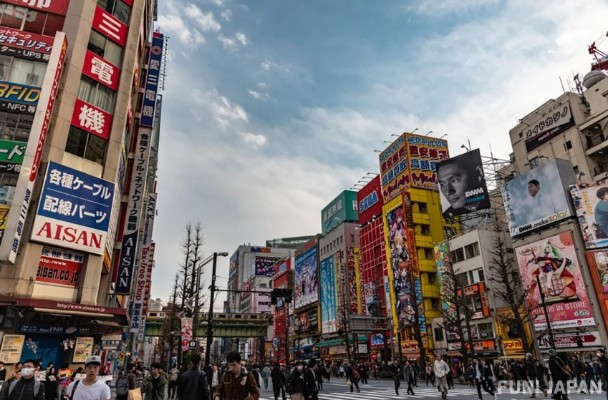

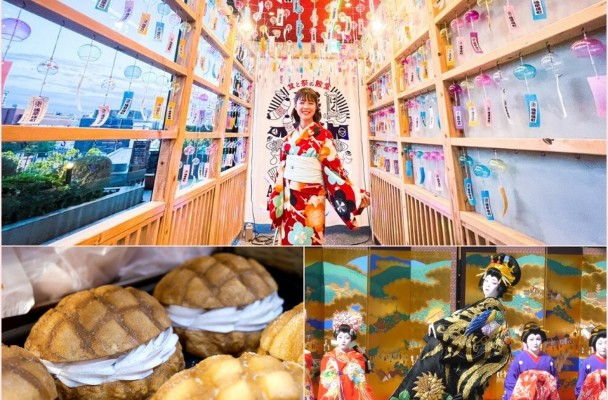
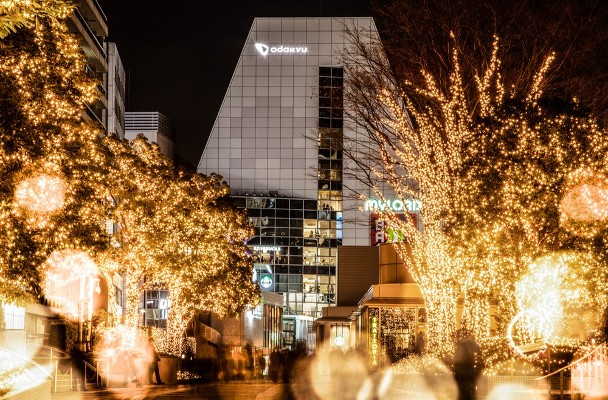
Comments